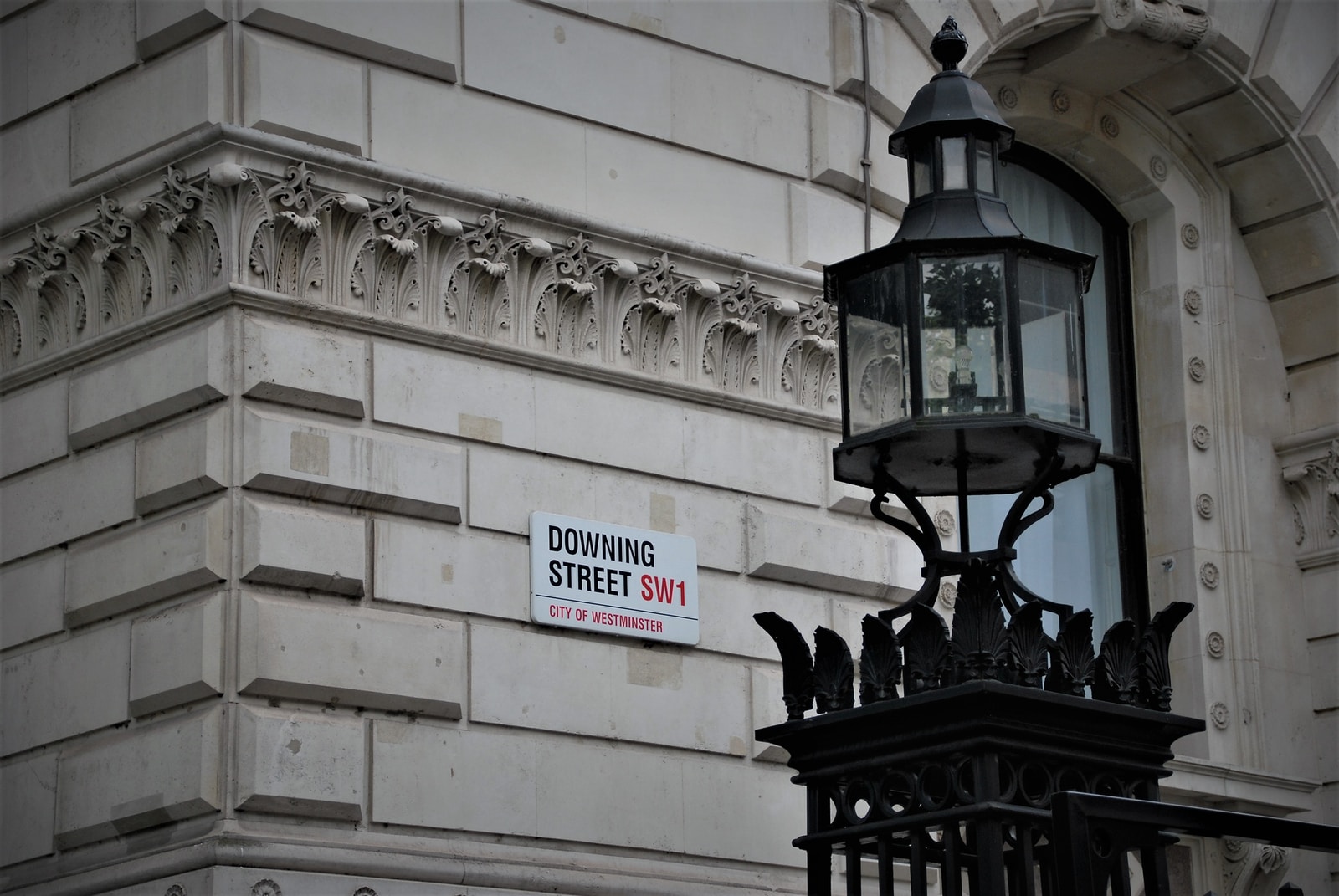It is great news for the UK that the Chancellor has taken the opportunity to promote innovation in the March 2021 Budget. The government recognises that this is central to the strategy to boost productivity and economic growth and has a target that spending on research and development (R&D) should be at 2.4% of GDP by 2027. A key way to support innovation is through the R&D Tax Credit scheme.
Key benefits of R&D tax credits.
It provides a Cash Injection into the business. Claiming relief provides an essential source of non-repayable funding for many small, medium and large enterprises.
It Boosts Innovation. R&D relief helps encourage businesses to invest in R&D and innovation.
It aids Economic Growth. Every £1 spent on public R&D delivers approximately £7 of net economic benefit to the UK and unlocks £1.40 of private R&D investment.
It helps make the UK Global Leaders. R&D Tax relief has helped put the UK at the forefront of R&D and innovation across the globe. Our success in developing the corona virus vaccine illustrates this perfectly.
One of the central actions of the Budget was the Chancellor’s announcement of a consultation document to review the two existing R&D tax credit schemes. The government notes that the R&D investment target it has set is ambitious, but it is determined to ensure that the R&D tax credit schemes are up to date and appropriate in an R&D environment that changes rapidly.
The consultation therefore seeks to obtain comments from claimant companies, as well as advisors on various aspects of the UK’s R&D tax credit scheme.
The two schemes have different qualifying conditions and provide a different level of benefits for claimant companies. One of the key questions in the consultation is whether it is necessary to continue with two separate schemes or whether they should be consolidated to one. If the schemes are consolidated, care would be needed to ensure that companies are not disadvantaged, otherwise this will not achieve the government’s aim of ensuring that the UK has a world-class innovation ecosystem.
It also explores whether the definition of R&D and the activities that qualify for relief are fit for purpose. This is welcome because the existing definition has been in place for over 15 years. During that time, science and technology has advanced and the shape of innovation has changed.
Over time, more companies from different industries have been making claims. In some cases, the expenditure they incur in carrying out qualifying R&D activity, does not fit within the categories of expenditure set out in the rules and so they are unable to benefit. Continuing a review of qualifying expenditure categories that HMRC started in 2020, the consultation seeks to find out whether there are any other categories of expenditure that should be included in future claims.
Given how fast-moving technology is developing, this consultation could prove to be the most significant shake-up in the UK’s R&D tax credit schemes in a generation and should be welcomed by UK companies.
At such a pivotal time in the history of the UK, we should be showcasing our innovative creativity. The Chancellor's decision to significantly review the effectiveness of the R&D tax credit schemes to make them fit for purpose in a rapidly changing R&D environment, will be a boost to many companies.

